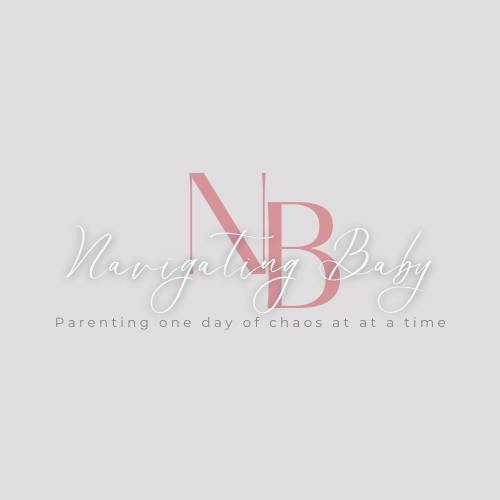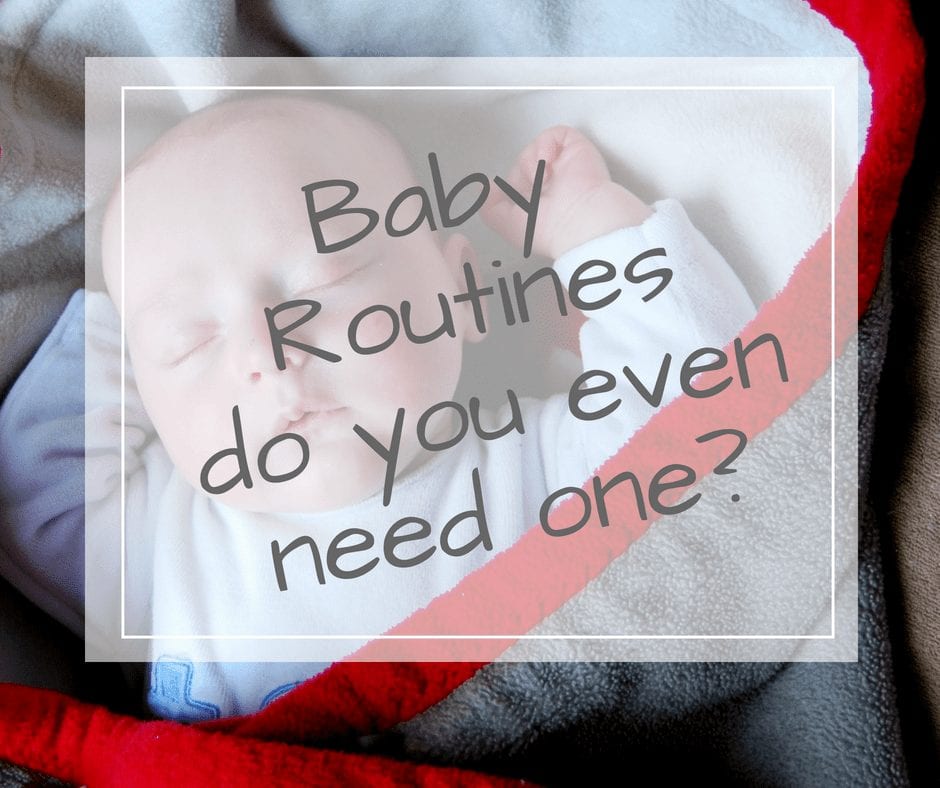I think we would all agree that breastfeeding is a great start for our babies, but fed is best and it isn’t always possible for women to breastfeed or to continue to breastfeed for as long as their baby requires milk. In my case I never had enough milk for exclusively breastfeeding and so I had to combine feed and everywhere I looked it kept saying ‘don’t do it’ which wasn’t very helpful. This left me wondering how to introduce a bottle to my breastfed baby.
In this post I am sharing the benefit of my experience with doing this for each of my four children. I hope it helps if you are wondering how to introduce a bottle to your breastfed baby. You can read more about my honest experience of breastfeeding here and below I have included some useful resources to support you with your breastfeeding journey.
Useful resources to support breastfeeding
Breastfeeding Advice and Support from the NHS
Breastfeeding Information and Support from La Leche League
How to access breastfeeding support in your area – NCT
How to introduce a bottle – the potential issues
For a lot of babies, the switch from breastfeeding to using bottles is something that comes easy and I must say for my children this was largely the case apart from for my littlest one (born at 5lb, 4) who found it difficult with some bottles, but then she also found breastfeeding tricky to start with.
For other babies it is difficult for them to get used to. If your baby falls into the latter category, there is no need to worry. The mechanics between breastfeeding and bottle-feeding are rather different, and so it can take some babies a bit of getting used to.
After all, when a baby drinks milk using a traditional bottle, the milk comes out when you tilt it upside down and they start to drink. Your baby, therefore, needs to lift his or her tongue to prevent the flow of milk and ensure they do not choke. Your baby will not need to use his/her jaw, and simply purses the lips around the hard plastic. The child does not have to work for the continual flow of milk that comes out of the bottle. This is completely different when you contrast it with breastfeeding.
When a child breastfeeds, the jaw and tongue need to work in rhythm together; the tongue is cupped under the areola and pressed up against the palate. This elongates and flattens the tissue around the nipple. The tongue is then dropped back to form a groove so that the milk flows from the nipple into the child’s mouth. The baby has to work much harder to get the milk when breastfeeding and so this can present some confusion for them especially with combined feeding.
The process for the baby is completely different, and so for a young baby, it can take a bit of getting used to. It can take a lot of crying and patience, which can leave a lot of women saying they never want children again and men claiming they want a vasectomy! Actually this is true of lots of bit of having a young baby. It is all learning and it is exhausting, but we all know it is also magical…
Top Tips for making the transition easier
Don’t worry though if your baby is struggling there are some ways that you can make the process of introducing a bottle to a breastfed baby easier. So let’s take a look at some useful tips for for how to introduce a bottle to a breastfed baby, as well as how you can deal with certain issues regarding the introduction of bottles and dummies, for example, if your baby suddenly stops taking their dummy…
Warm the milk and teat slightly
A reason why your child may not be taking the bottle is that the teat is cold. After all, the bottle teat will be colder than your nipple is. It will be room temperature, which is around 25 degrees, whereas your nipple is going to be normal body temperature, which is 37 degrees and the same goes for the milk itself.
If you are expressing milk and using it straight away you may just want to warm the bottle teat. You can do this by soaking it in a bowl of warm water for a few minutes or by running it under warm water. Before you give your child the bottle make sure you squeeze it so that you get rid of all the water that has become trapped. NOTE: IT WILL NOT BE STERILE AT THIS POINT SO ANOTHER OPTION COULD BE TO STERILISE SHORTLY BEFORE FEEDING SO THAT THE TEAT REMAINS WARM – NOT HOT THOUGH!
If you are using formula in the bottle then I recommend the Tommee Tippee Perfect Prep. It prepares the milk to just the right temperature and we found it extremely useful.
You could be getting the timing wrong
Another reason why some babies will not take the bottle is because of the timing. As with breastfeeding you want your baby to be hungry, but ideally not so hungry that they are screaming the place down. That is not an ideal time to be learning a new skill for anyone. So a bit of planning and a routine would help with this. This may be more of an issue if you are used to feeding on demand and so you may find that introducing a routine prior to introducing a bottle to your breastfed baby will really help you.
Get your partner to give your baby his or her bottle
Your partner can prove very useful when getting your baby to accept a bottle. This is because your baby is clever enough to detect your smell, and so when you are nearby and it is feeding time, your child is going to expect the natural nipple of your breast – not the bottle.
This is where your spouse comes in. You can get your partner to give your child the bottle at first. You may even want to stay out of the room so that your child does not get confused. This is definitely what we did when getting our babies to take the last feed at night from the bottle. I would go to bed and my husband would feed them with a bottle of expressed milk. That way I could get some sleep before my night shift of breast feeding began.
Add some drops of breast milk to the bottle teat before giving it to your baby
This is another trick that a lot of women use to tempt their little one to use the bottle . For a baby that has been breastfed, the feel, smell, and taste of natural milk is something they have grown used to and like. When this is replaced with latex, rubber, or silicone, it is far away from the natural taste and texture of your skin, and this is why a lot of babies will refuse a bottle.
Therefore, before you give your infant their bottle, you can express some drops of breast milk onto it. This has the purpose of adding a taste that is familiar and pleasant for your child, and this will make them more likely to take the bottle. If you are expressing milk for their bottles this will then continue as they get the milk.
If you are not expressing and are beginning to use formula you may find that it still takes a bit of time for the baby to get used to the new taste.
Hopefully, you now feel more prepared and have some ideas of how to introduce a bottle to your breastfed baby. Don’t worry if you are experiencing a little bit of a struggle as your baby gets used to this new way of feeding they absolutely will get it. This is only natural, as some babies struggle to process the change. However, if you use the tips that have been provided, you should find the process a lot easier and you should get your baby used to bottles in no time. Good luck!




